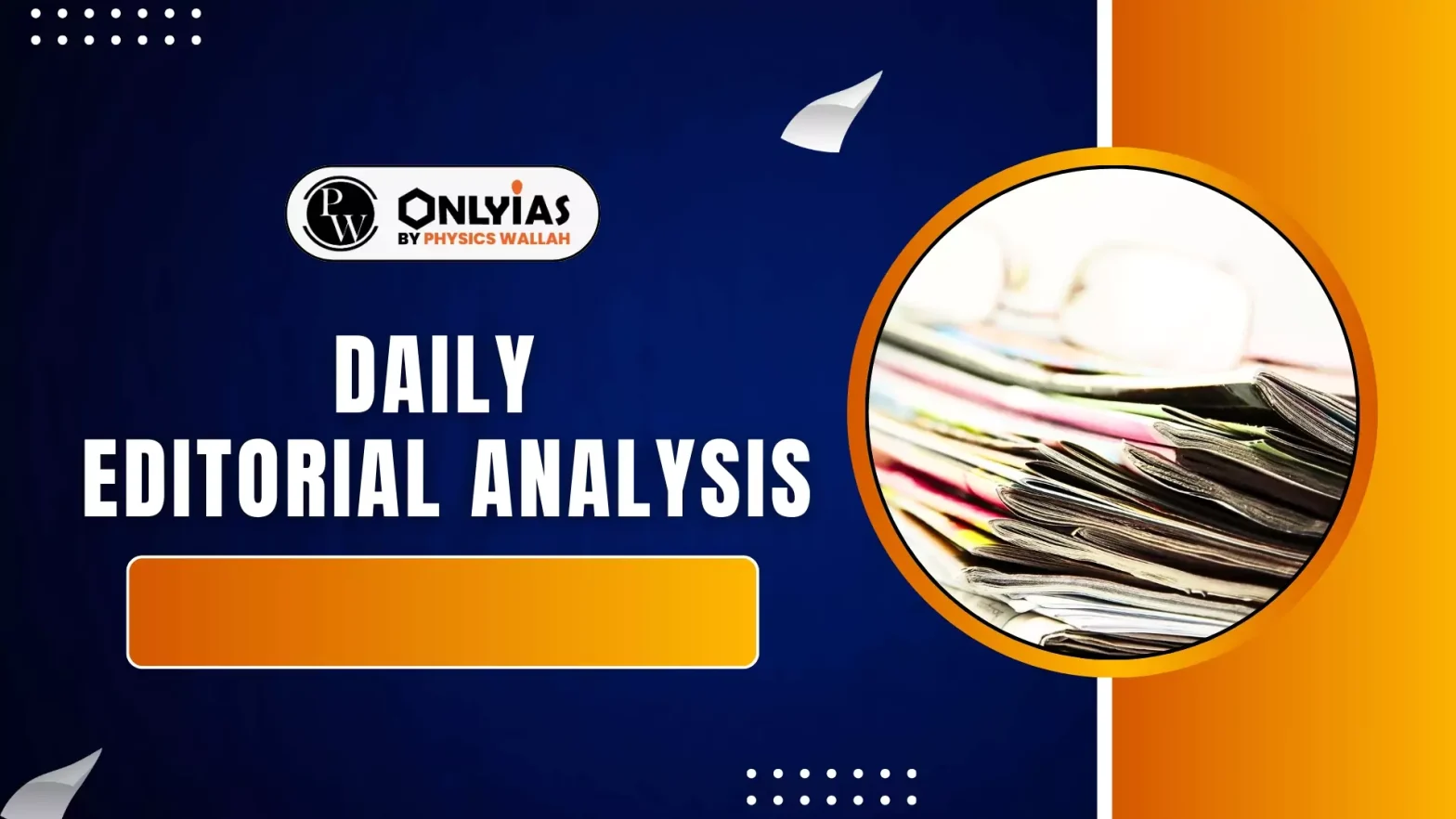Launched in 2019, the Jal Jeevan Mission (JJM) aimed to ensure 100% rural household tap water access by 2024. Despite notable progress, the mission now faces serious structural, functional, and socio-technical challenges undermining its outcomes.
Progress and Gaps
- Tap Access ≠ Usage: While ~90% of rural homes have tap connections, only 39% use them as the primary water source.
- Regional Disparities: Tap usage in states like Uttar Pradesh, Bihar, and Odisha remains extremely low (6–30%), pointing to functionality issues.
- Extended Timelines: The Jal Jeevan Mission (JJM) may take till 2028 to achieve full functional coverage.
Structural Challenges
- Funding and Corruption Challenges: Reduced central funding, bureaucratic irregularities, and corruption in construction have stalled progress.
- Implementation Gaps: Lack of transparency in tendering, increasing financial burdens, and incomplete infrastructure undermine effective implementation.
Centralisation vs. Decentralisation
- Centralised Water Governance: Water governance remains centralised, with limited autonomy for local institutions despite past decentralisation efforts.
- Capacity Deficits at Local Level: Local actors lack the technical and financial capacity to manage water quality, quantity, and regular supply.
Administrative-Data Mismatch
- Misleading Data Representation: The JJM dashboard claims 100% coverage but relies on outdated census data and fails to reflect ground realities.
- Weak Grievance Redressal: There is no public data on grievances received or redressed, weakening service accountability.
Material & Environmental Constraints
- Unpredictable Resource Nature: Water availability and quality are affected by climate change, groundwater depletion, and untimely rainfall.
- Aging Infrastructure Issues: Pipes, tanks, and taps face problems like leaks and breakdowns, requiring regular maintenance, especially at the household level.
Socio-Spatial Inequities
- Caste-Based Access Disparities: Caste dynamics impact access; tank location and distance from lower-caste homes affect water pressure and reliability.
- Need for Inclusive Workforce: Inclusion of marginalised castes in roles like plumbers or pump operators is crucial for equitable and sustainable water supply.
Worsening Traditional Sources
- Declining Alternative Sources: Handpumps and open wells are degrading, providing unsafe water and forcing rural people back into precarity and dependency.
- Economic Burden Rising: Rising population pressures and degraded infrastructure are increasing the economic burden on rural households.
Conclusion
JJM’s success depends on bridging the access-usage gap, decentralising water governance, addressing material and social inequalities, and building resilient infrastructure. A future-proof water system must align technical efficiency with local realities and social justice.
![]() 20 May 2025
20 May 2025


